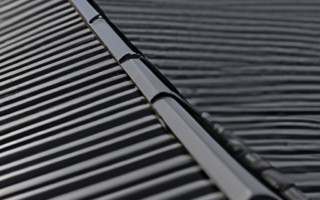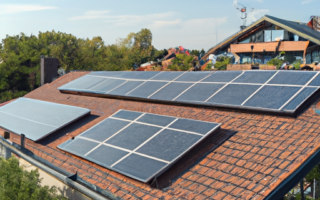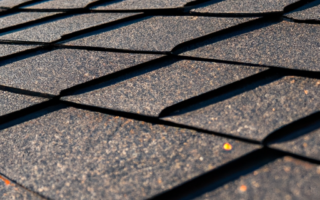Advantages of Synthetic Roofing Materials: Rubber, PVC, and TPO
Synthetic roofing materials such as rubber, PVC, and TPO (thermoplastic olefin) offer a wide range of benefits compared to traditional roofing materials. From enhanced durability to increased energy efficiency, these synthetic options have become increasingly popular in the construction industry. Let’s explore some of the advantages of using rubber, PVC, and TPO for roofing projects.
One of the key benefits of synthetic roofing materials is their exceptional durability. Rubber, PVC, and TPO roofs are designed to withstand harsh weather conditions, including extreme temperatures, heavy rain, and strong winds. These materials are UV-resistant, preventing them from deteriorating or fading over time. Additionally, they are highly resistant to punctures, tears, and impact damage, ensuring a long lifespan for the roof.
Another advantage of synthetic roofing materials is their low maintenance requirements. Unlike traditional materials like asphalt or wood, rubber, PVC, and TPO do not require frequent repairs or replacements. They are resistant to mold, mildew, and algae growth, reducing the need for regular cleaning. Additionally, these materials can be easily repaired by patching any damaged areas, without the need for extensive roofing work.
Energy efficiency is also a significant benefit of using synthetic roofing materials. Rubber, PVC, and TPO roofs have excellent insulation properties, helping to regulate the temperature inside the building. They reflect sunlight, preventing excessive heat absorption and reducing cooling costs during hot summer months. This energy-efficiency not only benefits the environment but also reduces the overall energy expenses for the building owner.
Furthermore, synthetic roofing materials offer a wide range of design options and can be customized to fit any architectural style. Rubber, PVC, and TPO are available in various colors, styles, and textures, allowing for creative and aesthetically pleasing roofing solutions. These materials also come in lightweight options, making them ideal for both residential and commercial projects.
In conclusion, the use of synthetic roofing materials like rubber, PVC, and TPO provides numerous advantages for building owners and contractors. Their durability, low maintenance requirements, energy efficiency, and design versatility make them an appealing choice for any roofing project. Consider these synthetic options for your next construction endeavor and experience the benefits firsthand.
Exploring the Benefits of Rubber, PVC, and TPO for Roofing
Synthetic roofing materials such as rubber, PVC, and TPO have gained popularity in recent years due to their numerous benefits. These materials offer a durable and cost-effective alternative to traditional roofing options. Let’s explore the advantages of each of these synthetic roofing materials.
Firstly, rubber roofing is known for its exceptional durability. It can withstand harsh weather conditions, including UV rays, heavy rain, and extreme temperatures. Rubber roofs are also resistant to fire, making them a safe option for homeowners. Additionally, rubber roofing is low-maintenance, which reduces the need for frequent repairs or replacements.
PVC roofing, on the other hand, is renowned for its energy efficiency. The reflective properties of PVC help to reduce cooling costs by preventing the absorption of heat. This not only creates a comfortable indoor environment but also reduces the strain on HVAC systems. PVC roofing is also resistant to chemicals, making it suitable for industrial or commercial applications.
TPO, or Thermoplastic Olefin roofing, is a popular choice for many homeowners and contractors. One of the major advantages of TPO roofing is its eco-friendliness. TPO is a recyclable material and has a lower carbon footprint compared to other roofing options. This makes it a sustainable choice for environmentally conscious individuals. TPO roofs are also energy-efficient, reflecting sunlight and heat away from the building, resulting in reduced energy consumption.
Furthermore, all of these synthetic roofing materials are lightweight, which simplifies the installation process and reduces labor costs. Due to their flexible nature, these materials can adapt well to various roof shapes and designs. This makes them a versatile option for both residential and commercial properties.
In conclusion, synthetic roofing materials such as rubber, PVC, and TPO offer a range of benefits. They are durable, energy-efficient, and easy to install, making them an attractive option for homeowners and contractors alike. Whether you prioritize durability, energy efficiency, or eco-friendliness, there is a synthetic roofing material to suit your needs.



